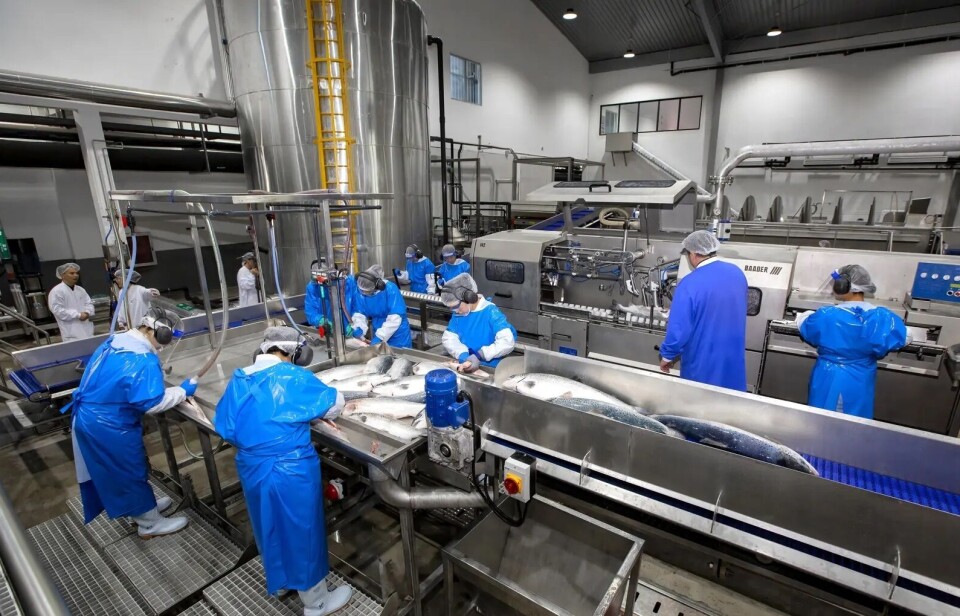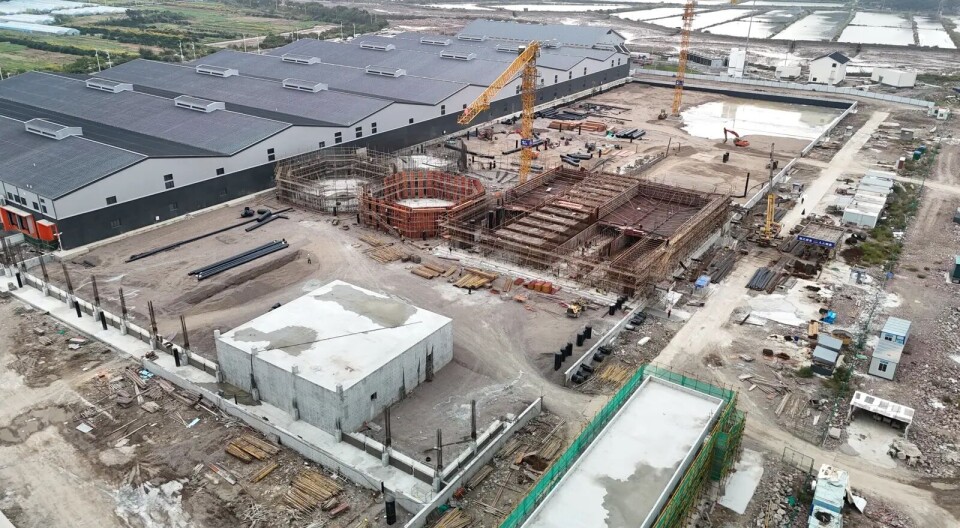
China salmon RAS operator Nordic Aqua Partners delays H1 market update
Company wants to clinch long-term financing from Chinese banks first
Nordic Aqua Partners (NOAP), which operates a land-based salmon farm in China, has postponed the publication of its interim financial report for H1 2025 while it negotiates with Chinese banks to secure long-term financing.
The report, originally scheduled for release next Tuesday, August 26, will now be published on September 25.
“The Company is in continuous dialogue with Chinese banks to finalise the long-term financing of the company. As previously announced the Company expected the financing process to conclude within H2 2025. Discussions are now in an advanced stage and expected to be concluded within September 2025,” NOAP said in a stock market update.
Bigger fish
In April, NOAP announced that it was changing its production strategy at its recirculating aquaculture system (RAS) facility to grow bigger fish that are more attractive to China’s high-end market.
The decision came six weeks after it resumed commercial sales from its facility in Gaotang, near Shanghai, following a pause to resolve issues with geosmin, which gives fish an “off-flavour”.
NOAP said that to meet demand in the high-end market in China, directors had decided to adjust production from a target weight of 5.3 kg (live weight) to 7.0 kg.
Targeting the high end
“This shift to the production of large salmon will allow NOAP to target the top segment of Chinese salmon,” said chief executive Ragnar Joensen. “The facility in Gaotang, constructed by AKVA Group, has consistently demonstrated excellent operational performance including the ability to produce fish of 7.0 kg at commercial scale.”
NOAP said the transition would require the company to hold back some fish in 2025 to increase the overall biomass size. As a result, NOAP expects to harvest 3,000 tonnes (head on gutted) in 2025.
The harvest volume for 2026 is estimated at 6,400 tonnes HOG. Further, run-rate harvest volumes, when Stage 2 is fully operational, are expected at 8,400 tonnes (HOG).
Phases 1 and 2 of the NOAP facility each have a production capacity of approximately 4,000 tonnes, and a third, larger phase will increase capacity to 20,000 tonnes.


